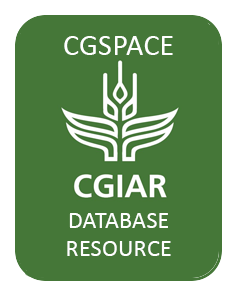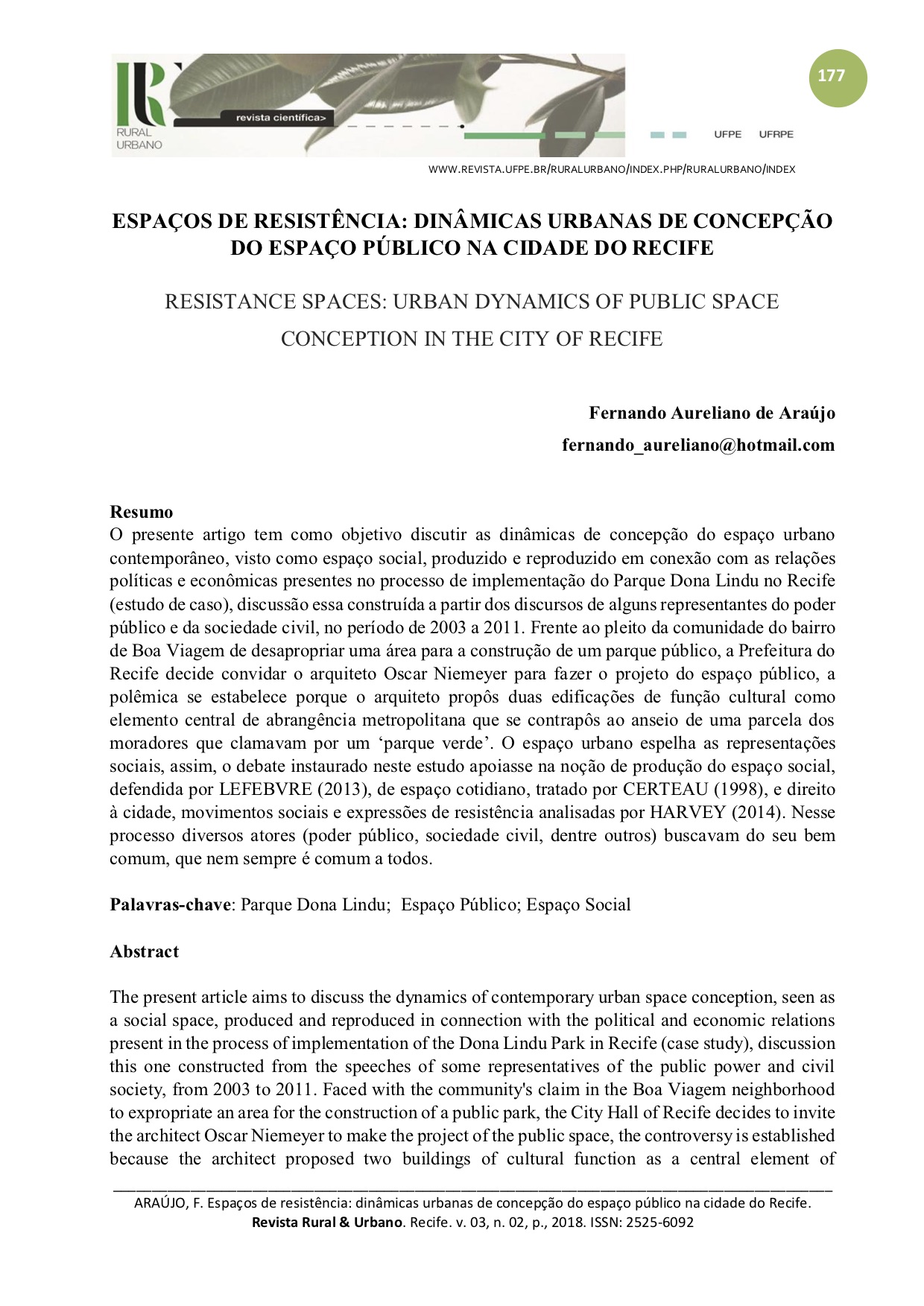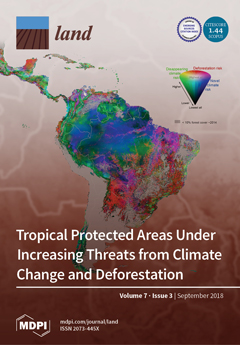Natural regeneration of severely degraded terrestrial arid ecosystems needs more than just removing the cause of degradation
The study focused on the extensive rangelands in Kuwait, covering more than 75% of the total land area. These rangelands face severe degradation due to factors such as overgrazing, anthropic misuse, and mismanagement. The research aimed to assess the impact of natural restoration, specifically through resting, on vegetation cover and species richness in a fenced 1 km² area.








